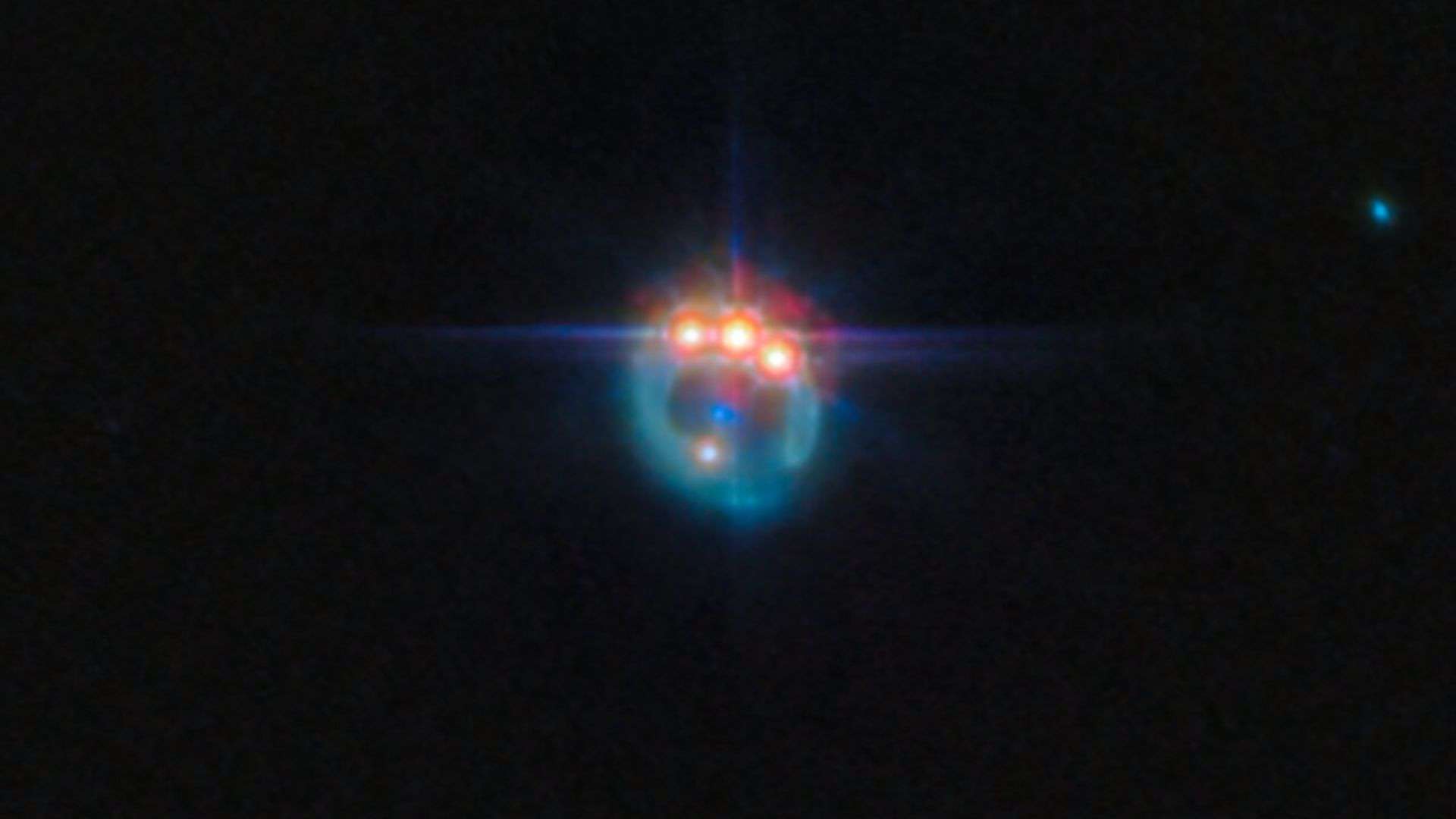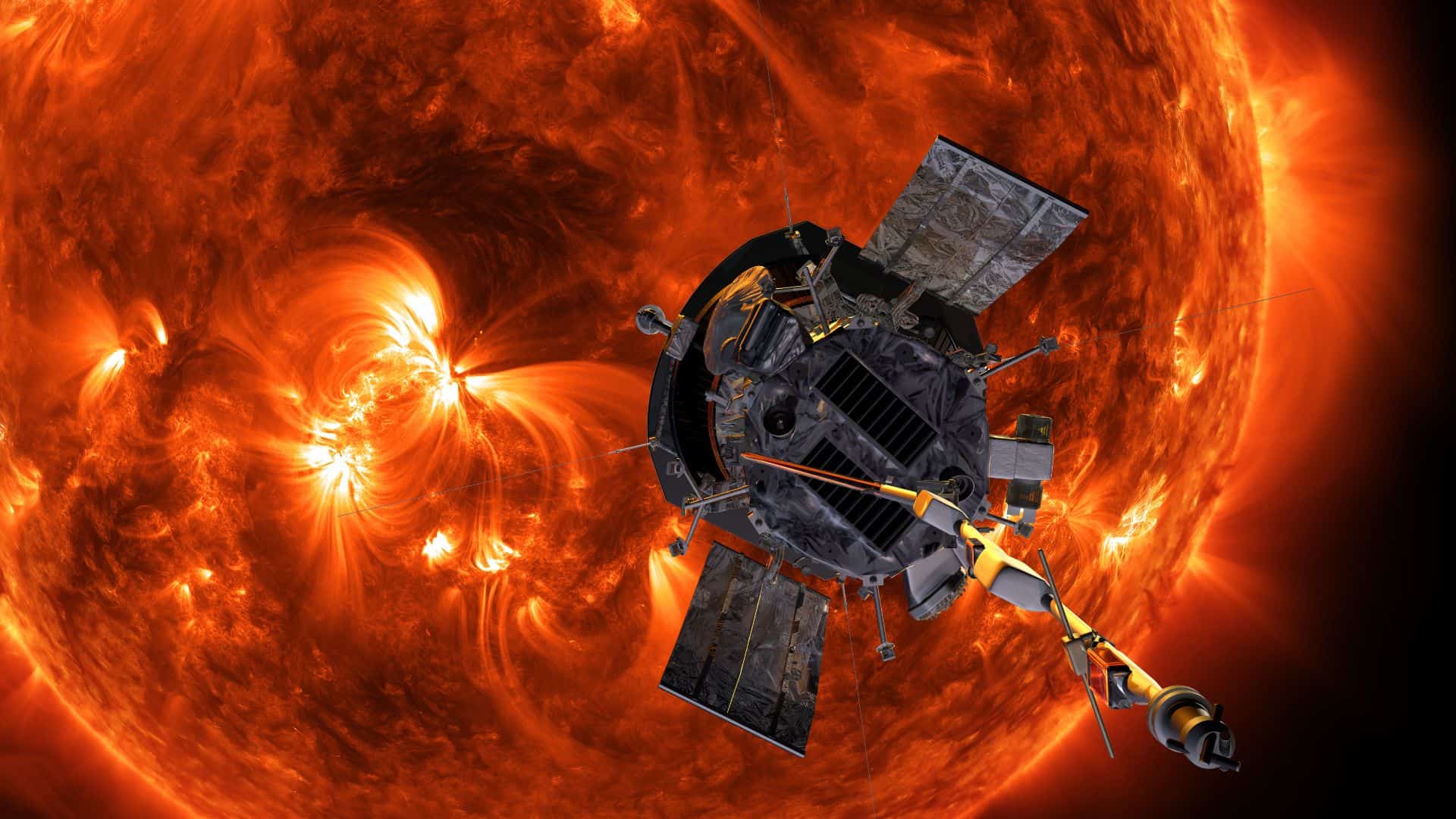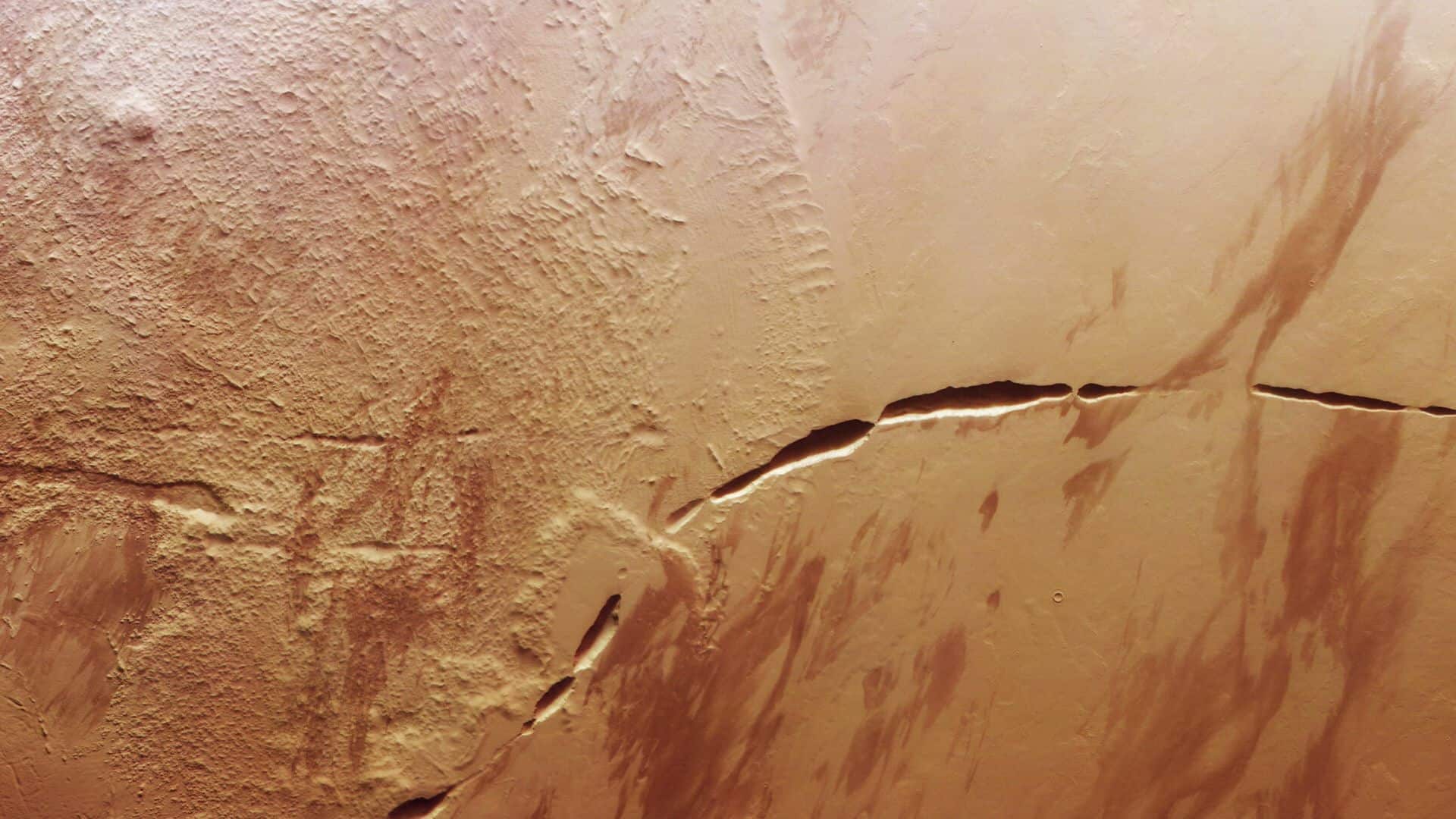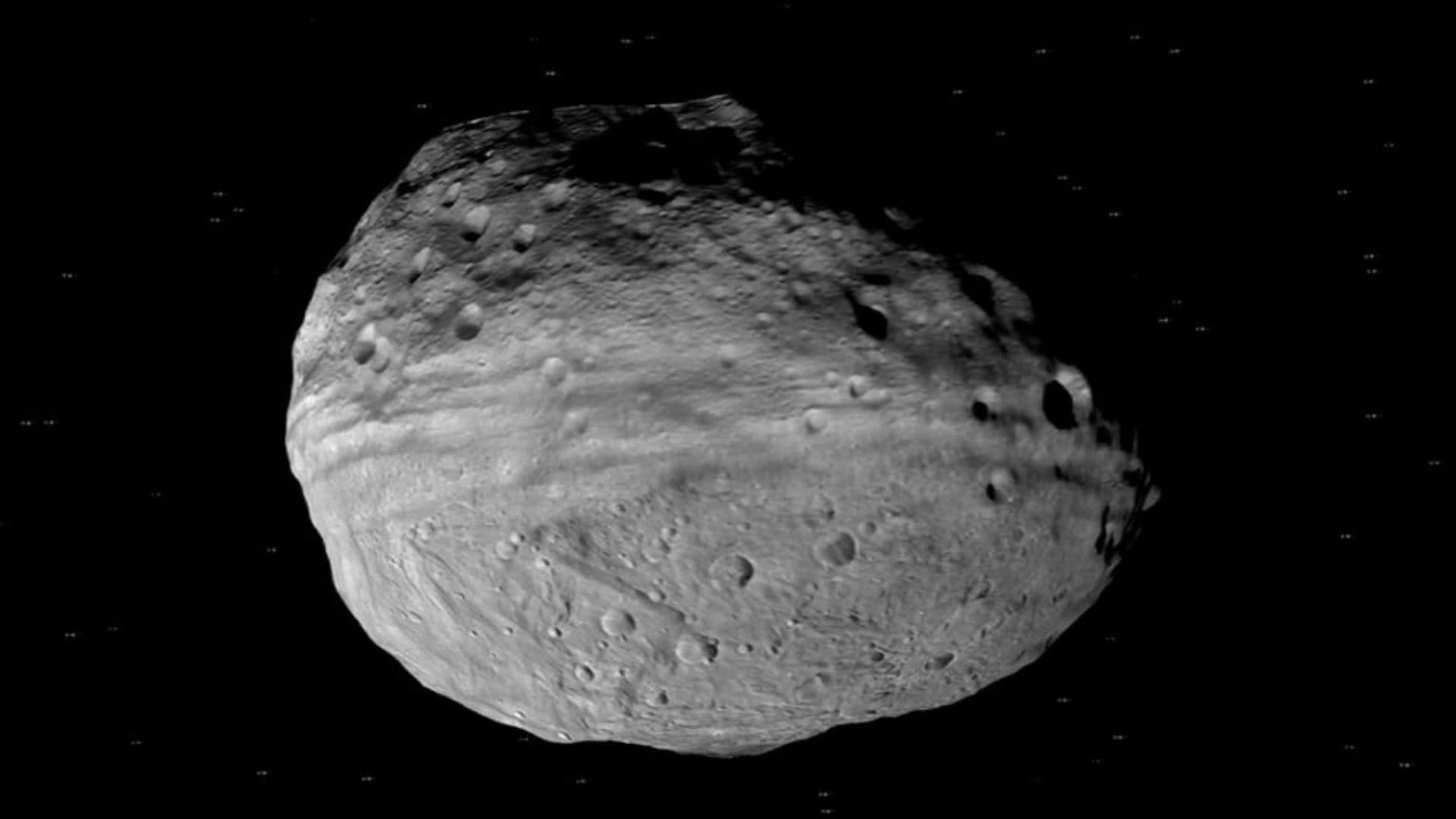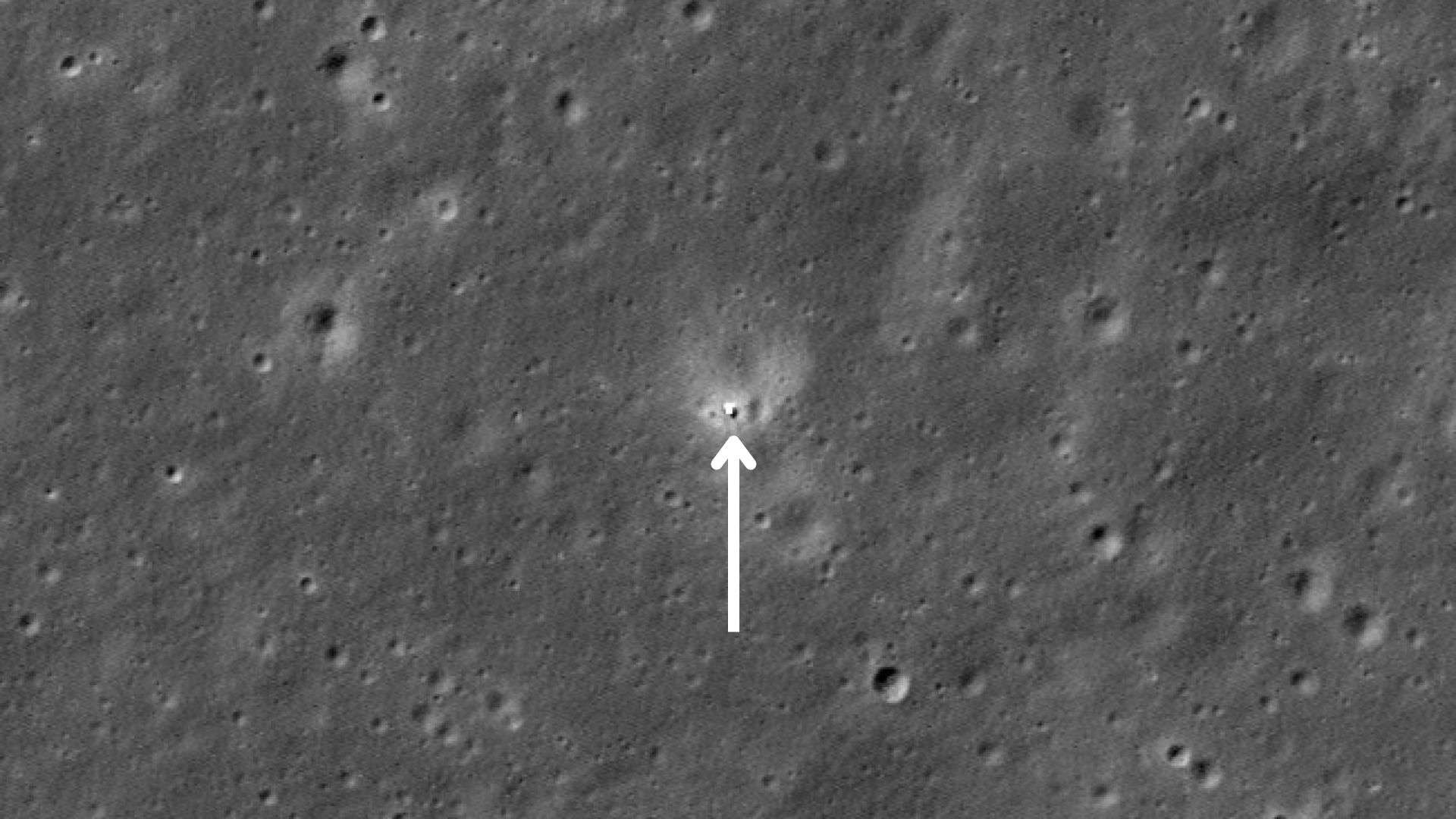
NASA’s Lunar Reconnaissance Orbiter (LRO) spotted China’s Chang’e 6 sample-return spacecraft on the far side of the moon on June 7, 2024.
China’s Chang’e 6 spacecraft landed at the southern part of the 490-km-diameter Apollo crater in the South Pole-Aitken (SPA) basin on the far side of the moon on June 1, 2024.
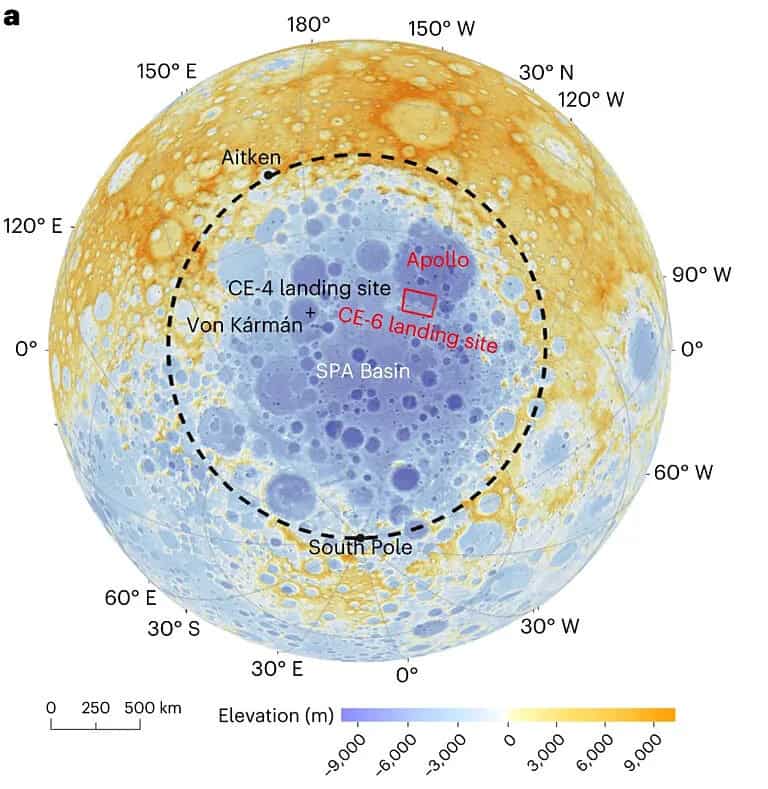
Almost a week later, when NASA’s LRO passed over the landing site, it spotted the Chang’e 6 spacecraft on the rim of an eroded, 50-meter small crater within the Apollo crater of the moon.
The LRO team calculated that the coordinates of the landing site are about 42°S and 206°E, with an elevation of about minus 5,256 meters.
After landing on June 1, Chang’e 6 spacecraft successfully collected lunar rocks and soils from June 2 to 3.
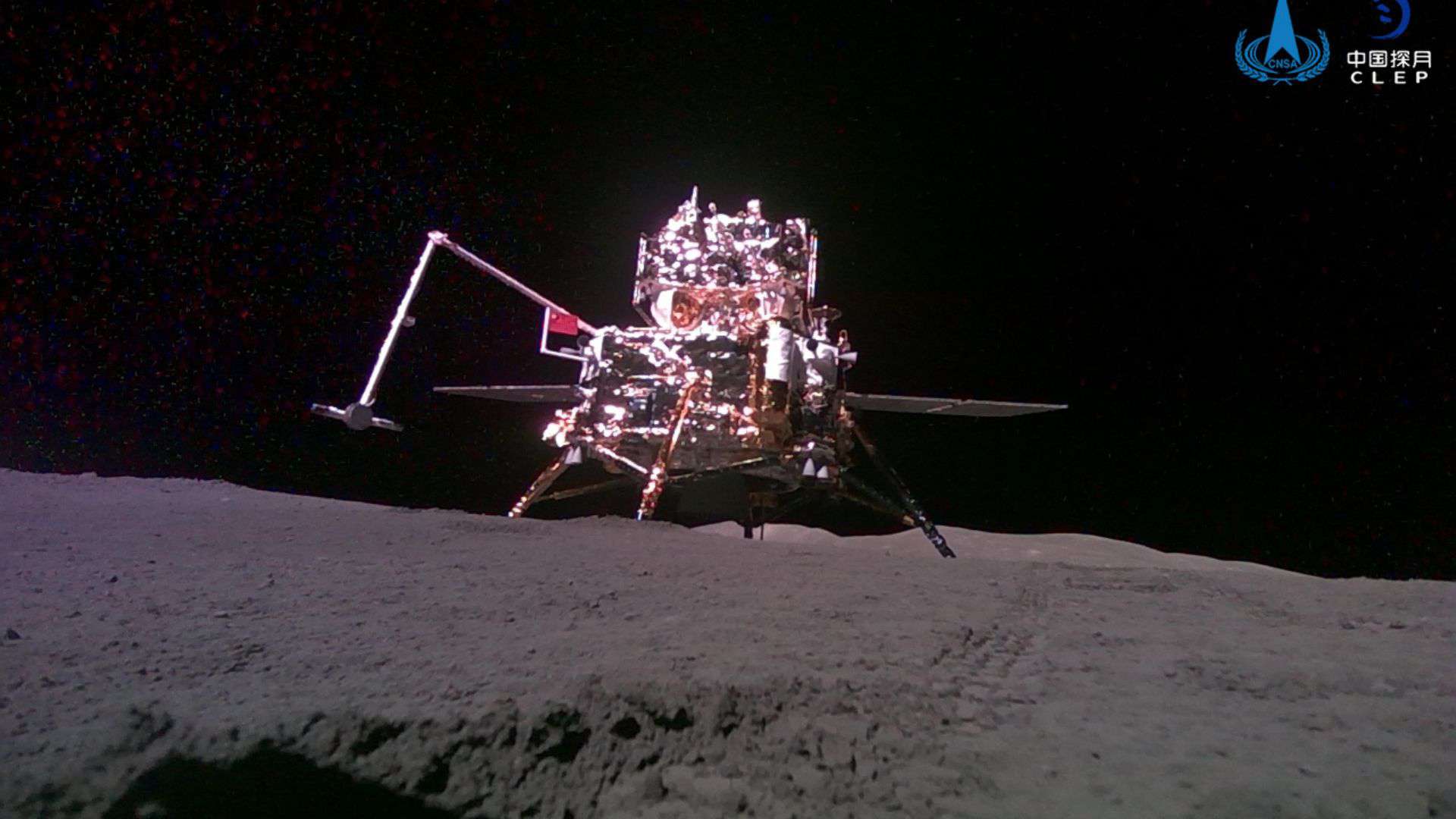
After sample collection, the ascender module (ascender rocket) of the spacecraft brought the lunar samples to the lunar orbit and transferred the lunar samples to the re-entry module of Chang’e 6 on June 6, 2024.
If everything goes according to plan, then the re-entry module will bring the samples back to earth from lunar orbit around June 25.
China’s Chang’e 6 will become the first spacecraft to collect lunar samples from the far side of the moon and bring them back to Earth. No other country has achieved this feat so far.
NASA’s Lunar Reconnaissance Orbiter (LRO) spacecraft, which has been orbiting the moon since 2009, spotted Intuitive Machines’ Odysseus moon lander on February 24 and Japan’s SLIM spacecraft on January 24, 2024, on the lunar surface.
Please bookmark Spaceandtelescope.com or follow us on Facebook and Twitter to get latest space news, upcoming skywatching events and astronomy-related content.
